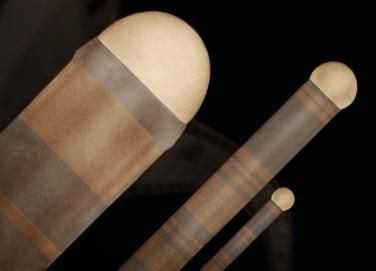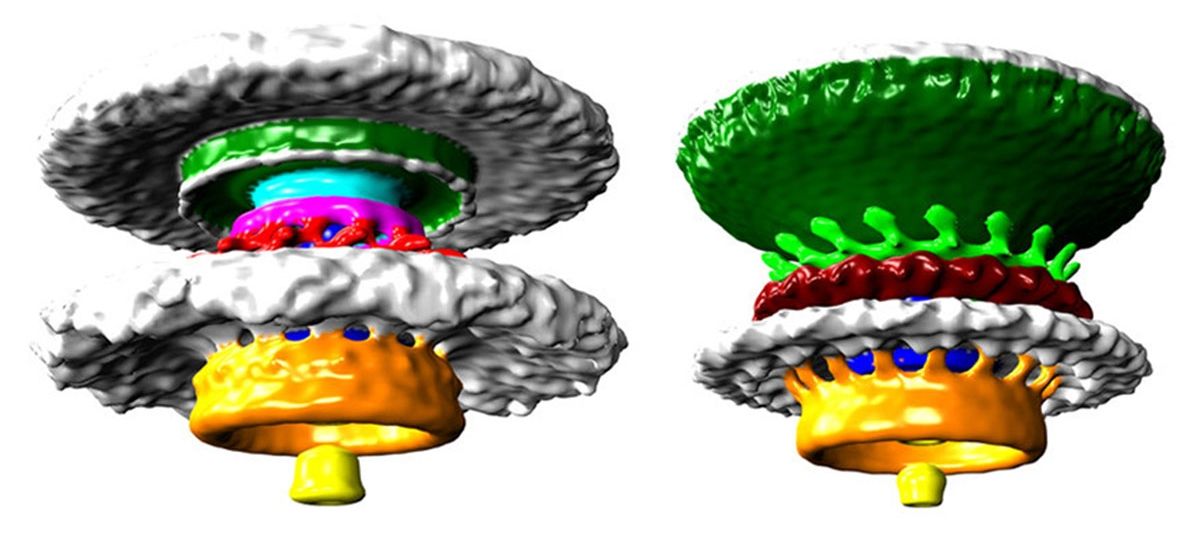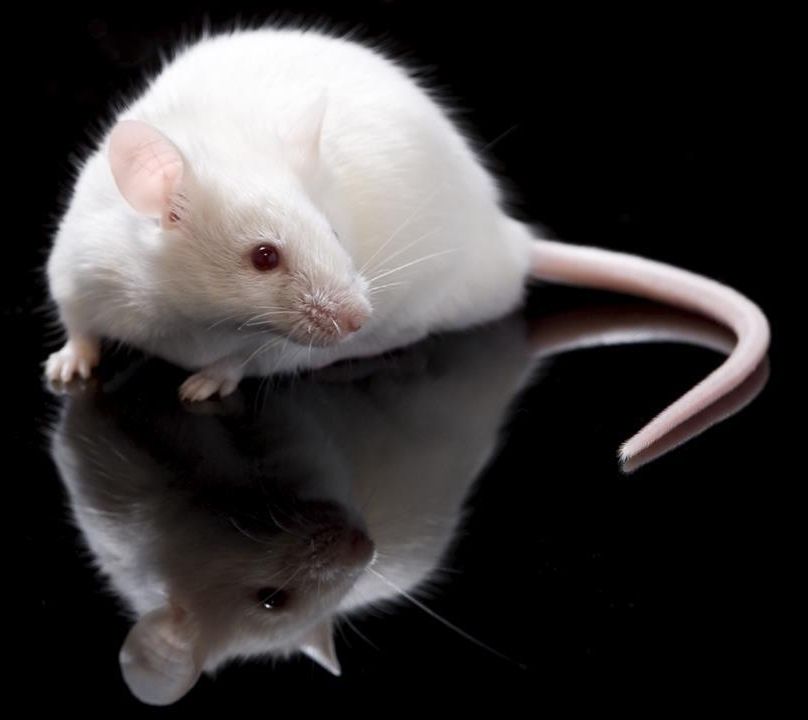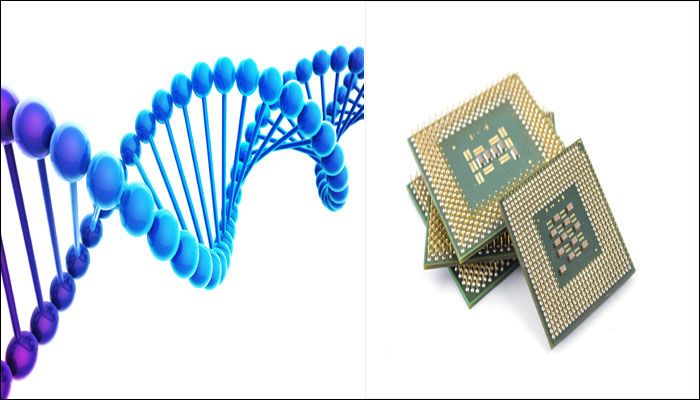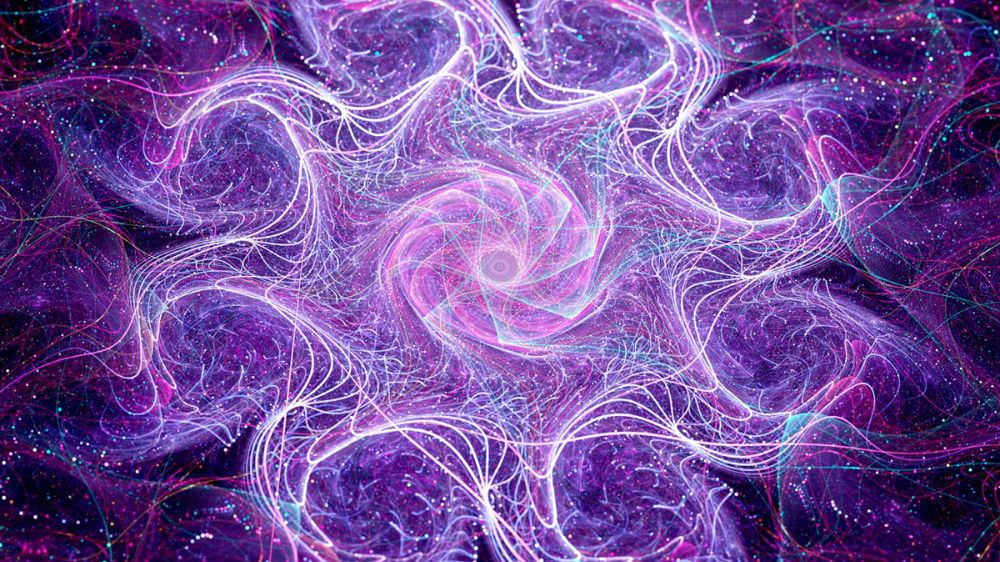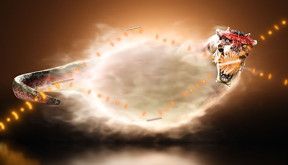Now, we’re hitting Terminator mode with this.
If you’re worried that artificial intelligence will take over the world now that computers are powerful enough to outsmart humans at incredibly complex games, then you’re not going to like the idea that someday computers will be able to simply build their own chips without any help from humans. That’s not the case just yet, but researchers did come up with a way to grow metal wires at a molecular level.
At the same time, this is a remarkable innovation that paves the way for a future where computers are able to create high-end chip solutions just as a plant would grow leaves, rather than having humans develop computer chips using complicated nanoengineering techniques.
DON’T MISS: iPhone 7: Everything we know so far
Researchers from IBM’s T.J. Watson Researcher Center are working to create wires that would simply assemble themselves in chips. The scientists use a flat substrate loaded with particles that encourage growth, and then add the materials they wish to grow the wire from.
